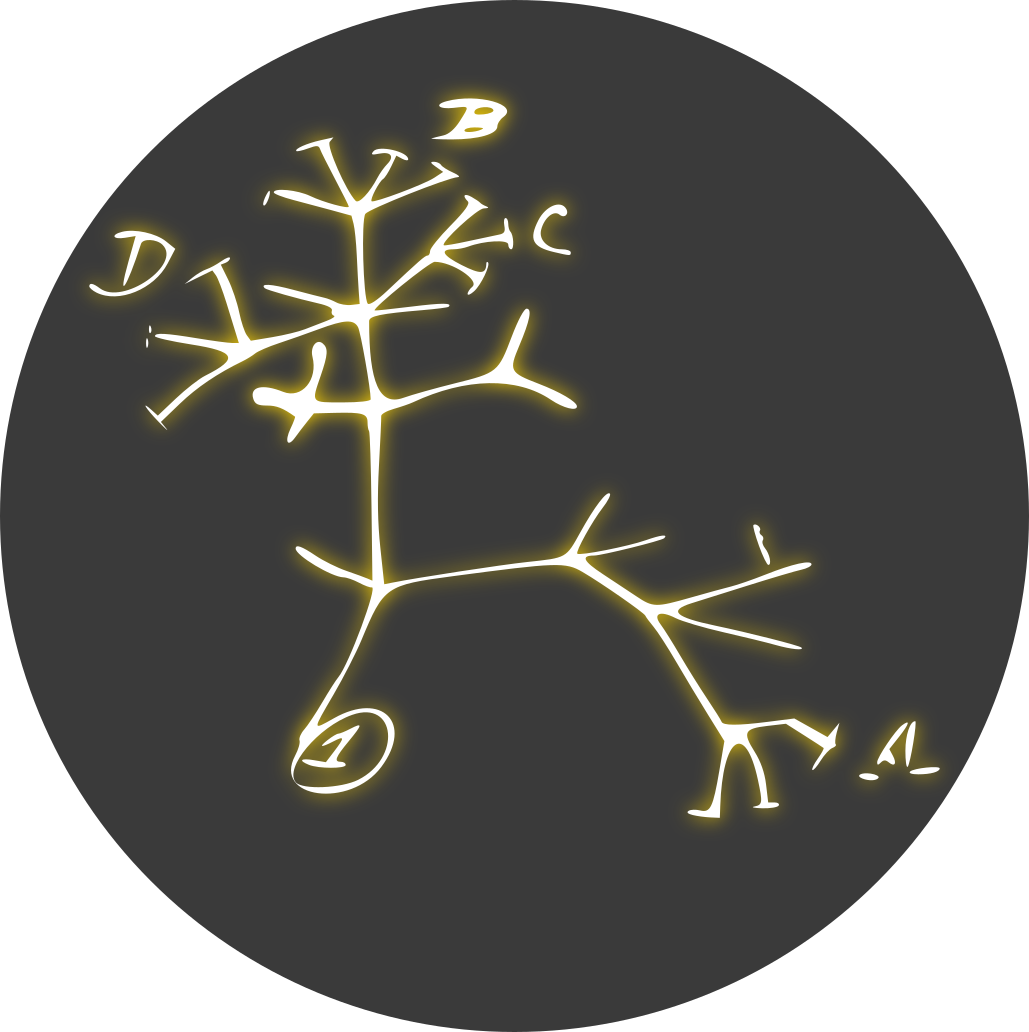
Do you mean the askscience community? I didn’t create it, not yet at least. What do you mean “adding another mod or two from those guys”, I did not understand, sorry, maybe I forgot or missed some context

Do you mean the askscience community? I didn’t create it, not yet at least. What do you mean “adding another mod or two from those guys”, I did not understand, sorry, maybe I forgot or missed some context
I would give the Letharia dye another try
Would love to… When I was in Oregon this lichen was super abundant. At the moment I am living in Amsterdam (Netherlands), and I see mostly Xanthoria, Evernia, Rhizocarpon, and a few other lichen species that grow on city trees, but they are very small and spotty, nothing compared to the wolf lichen in Oregon. I do miss the Oregon forests with the old growth sequoia redwood trees and all that lichen.
9ft of snow?! I only experienced such deep snow in an urban setting while living in Connecticut for a year. I spent a few years in Oregon but the snow in the area never got so deep while I was there. When I was in the US I was not yet able to identify many fungi as I was mainly obsessed with animals (especially salamanders) back then, so unfortunately I did not really appreciate the diversity of fungi there. Although once in Oregon I did attempt to dye some socks using a wolf lichen (Letharia vulpina) and a pressure cooker. That did not end well.
I see. So it is not necessarily that their mycelium are better at surviving the freezing temperatures, but rather that either they fruit quicker once conditions are acceptable or that their fruiting bodies are more cold tolerant. Thanks, it’s interesting.
Cool! I just read their wiki page and it says
A snowbank fungus, it is most common at higher elevations after snowmelt in the spring.
Snowbank fungus is a new term for me. Not sure yet what makes a fungus thrive through snow. Maybe they have anti-freeze proteins?
Does your area get a lot of snow?


In many cases the tweet is important because it was tweeted by a specific person. If only a screenshot is provided then one needs to go through the hassle of verifying it is a real tweet. A good approach would be to do both: post screenshot + link to neutral frontend
Congrats!! Is your trip still ongoing, or you are done for now?


Alright! Some other tips:


I first purchased some Plan objectives from China (40x, 60x), and they are alright. More recently I have been looking into objectives with high numerical apertures to increase the resolution of my images, and I think that the best source of good high-quality used objectives is Ebay. The Olympus apochromatic objectives with high NA are listed for a fraction of their original price, but they are still in the $200 - $500 range, so not very cheap.
Wow, those spores are so bumpy, they are very interesting! Thanks for sharing :D

Ah, I did miss this one! I am not sure that I was notified. This one would absolutely fit with the general theme, as it is a community about sharing useful math-based perspectives.
Thanks for the idea! That looks very nice, I like how the collection is organized in those storage containers. They look very well preserved so far so your well water + sun protocol seems to be working well. Perhaps I will too start a lichen collection!

Hello ✌️ 😄
Always happy to talk about molecules interacting with light! 😄
This is an aspect of lichen I hadn’t really put much thought into before now.
I have some background is in studying how light interacts with molecules, so I probably put more thought and emphasis on these things than average.
Its been in storage for a couple of months so I may try to re-hydrate it a bit before lighting it up during the night.
That’s cool! When keeping a collection, can you keep them alive for a long time dry?
Not sure how I managed to never hit this species with UV. I would describe the colour as a bright, hot, lipstick pink. I am unsure if this lichen is actually fluorescing or if something else to do with how the pigments show up under UV light - maybe @Sal@mander.xyz would know. Picture doesn’t quite do it justice.
You are pointing a UV lamp at it which probably sends out 365 nm or 395 nm photons. The lichen is shooting back photons with a broad range of wavelengths, and a lot of ~600 - 750 nm ones (red). So, the UV photons had to be “captured” by some molecular system, the system dissipated some energy, and then re-radiated some of these longer-wavelength photons.
The general term that covers the many different possibilities is “photoluminescence”. In this case we can say for sure that the lichen exhibits “UV-induced photoluminescence”, because it is re-emitting lower energy (longer-wavelength) photons. It is common to make the connection “photoluminescence” = “fluorescence”, but technically fluorescence makes specific claims about how the light is re-emitted (singlet -> singlet emission), and it is not the only luminescence process. Other examples of luminescence are phosphorescence from a triplet state and luminescence via charge-recombination. So, to call it “fluorescence” in the strict sense we need know what the exact pathway is.
That said, when it comes to biological pigments fluorescence is generally the most common pathway. Triplets that live long enough to produce light are generally undesirable as they can react indiscriminately with molecules inside of the cell as well as produce reactive oxygen species, and good phosphorescent materials often combine metals and heavy atoms that are not as abundant in living tissue.
So, knowing nothing else, and seeing that red light comes out when you shine UV/blue light on a lichen, it is generally fair to call it “fluorescence”.
Now, if we discuss this specific lichen… I have looked it up and it does get interesting! Do you have it with you? I suspect that its fluorescence might be different during the day than during the night.
I can find online two significant fluorescent components: parietin, which produces the fluorescent yellow pigment, and Chlorophyll a/b, which produces red fluorescence. There is an interesting paper exploring the idea that one functional purpose of parietin’s fluorescence is that it can transfer energy to the algae to boost their photosynthesis. Their conclusions in the paper is that the idea is not supported by the evidence, so, a “negative result”. It is a fun example of the type of research that is performed in photobiology and also an example to show that even negative results can be interesting enough to be published!
As for the difference between day and night - if what you see is a combination of the fluorescence of parietin and chlorophyll, then the color might change with the day/night cycle. Photosynthetic organisms regulate the flow of excess photon energy towards a safe non-radiative dissipation pathway in response to light. This is called the non-photochemical quenching pathway, and during the day this pathway tends to be active. During the night there is little light, and so this protective pathway shuts-off. This allows more of the absorbed photon energy to flow into the radiative fluorescence pathway, increasing the red fluorescence. You can actually see this easily with plants - you can dark adapt a leaf and then compare its fluorescence with that of a leaf that is being exposed to a bright light. The dark-adapted one will usually show significantly more red fluorescence.
This time you did ask, so I won’t apologize for my essay 😆 But I am a bit sorry I didn’t have the time to make it shorter.


No. I think they both lose more than they gain here. It doesn’t make sense as a strategy. Ego clash is a simple explanation.
Too bad you don’t get to bring your equipment, but at least you will get to see them :D Good luck finding some wild ancestors!


























And https://en.wikipedia.org/wiki/Quantum_fluctuation
Edit: I guess it’s these two are kind-of the same thing